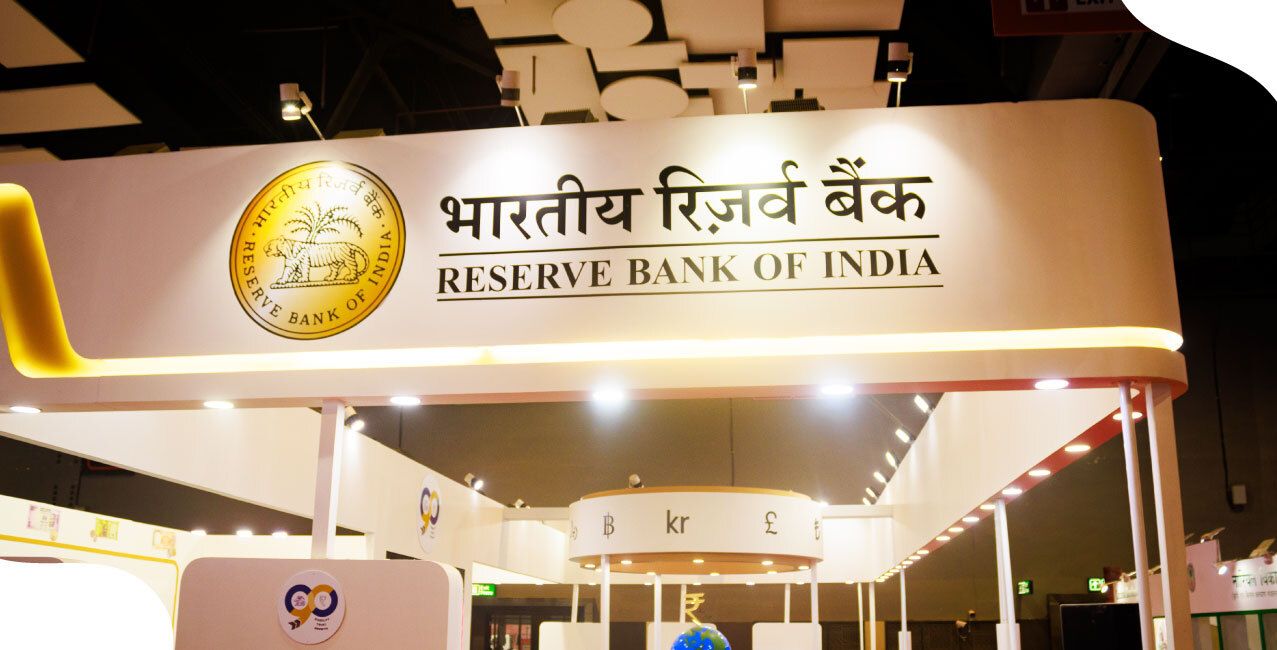
Author
LoansJagat Team
Read Time
4 Min
02 Sep 2025
Despite RBI’s 50 bps Repo Cut, Bank Lending Rates Climb Higher
In June 2025, the Reserve Bank of India (RBI) delivered a bold 50 basis point repo rate cut, lowering it to 5.50%, accompanied by a 100 bps reduction in the Cash Reserve Ratio (CRR), aiming to boost liquidity and growth. However, despite the central bank’s efforts to make credit cheaper, banks raised their weighted average lending rates (WALR) in July, an unusual divergence that calls for scrutiny.
This article explores why lending rates spiked, even though RBI has slashed the repo rate from 6.25 % to 5.50% in June 2025.
The Monetary Move: Repo and CRR Cuts
On June 6, 2025, the RBI surprised markets with a substantial 50 bps repo rate cut to 5.50%, its third rate reduction in 2025, alongside slashing the CRR by 100 bps to 3.0%, set to be phased in over four tranches.
These measures were designed to enhance liquidity and stimulate credit flows amid benign inflation and uncertain global dynamics. The RBI also shifted its stance from 'accommodative' to 'neutral', signalling that further moves would be data-dependent.
Lending Rates: Going Against the Grain
In contrast to expectations, banks’ WALR (Weighted Average Lending Rate) for new loans rose to 8.8% in July, up from 8.62% in June, despite the rate cut. Historically, WALR tends to fall following RBI rate cuts, but this time, banks opted to hike lending rates.
What explains this counter-intuitive trend?
- Loan Mix Shift: An increased proportion of high-yield loans, particularly to MSMEs, pushed up average lending rates.
- Bond Market Pressures: Rising long-term bond yields, even as the RBI cut the repo rate, made borrowing costlier for banks and negatively impacted transmission. Expectations of future inflation and reduced open market operations further pushed yields up.
- Transmission Lag: Although wholesale banks passed on cuts quickly in June, some public and private lenders did reduce their repo-linked or external benchmark lending rates; July’s mixed performance reveals weaker, uneven transmission.
Transmission Dynamics: Banks vs. Bond Markets
Table Overview: Despite cheaper funding, banks’ cost of lending rose due to a riskier credit mix and bond market dissonance. This underlines the gap between policy intentions and ground-level outcomes.
Borrower Impact: Mixed Outcomes
Some borrowers did benefit, banks like Indian Overseas Bank, SBI, Union Bank, Canara Bank, PNB, and Bank of Baroda promptly cut their External Benchmark Lending Rates (EBLR) or Repo-Linked Lending Rates (RLLR) by roughly 50 bps, aligning with the RBI’s policy move.
However, these rates didn’t lower overall WALR, especially for borrowers outside these institutions or in segments where loan pricing has shifted upward.
Meanwhile, lenient monetary conditions do suggest relief; for instance, EMIs on a ₹1 crore home loan could drop to around ₹68,000. But with rising WALR, the broader benefit is blunted.
Expert Viewpoints: Why Transmission Is Stalled
Analysts and bond-market watchers point to structural and market-driven reasons for the poor transmission:
- Inflation Expectations: Even with the current CPI inflation being low, bond investors anticipate higher future inflation, keeping yields and thus lending costs elevated.
- Liquidity Channels: Reduced RBI open-market operations limited a previously critical liquidity outlet, constraining banks’ ability to lower costs quickly.
- Policy Stance Shift: RBI’s move to a ‘neutral’ stance signals that further cuts are not guaranteed, tempering lenders’ expectations of sustained rate reduction.
Conclusion
The divergence between RBI’s aggressive monetary easing and banks’ rising lending rates highlights a disconnect in transmission. While policy instruments like repo and CRR cuts are necessary at the systemic level, bond market behaviour, risk-equipped loan portfolios, and lender discretion critically shape the real-world impact on borrowers.
Going forward, smoother transmission will require coordinated steps, stabilising bond yields, encouraging competition among lenders, and targeted policy signals that address market expectations. Until then, the full intent of RBI’s easing may remain unfulfilled in its effect on loan affordability.
Other News Pages | ||
About the Author

LoansJagat Team
‘Simplify Finance for Everyone.’ This is the common goal of our team, as we try to explain any topic with relatable examples. From personal to business finance, managing EMIs to becoming debt-free, we do extensive research on each and every parameter, so you don’t have to. Scroll up and have a look at what 15+ years of experience in the BFSI sector looks like.

Quick Apply Loan
Subscribe Now
Related Blog Post

LoansJagat Team • 10 Jun 2025

LoansJagat Team • 06 Jun 2025

LoansJagat Team • 22 Sep 2025